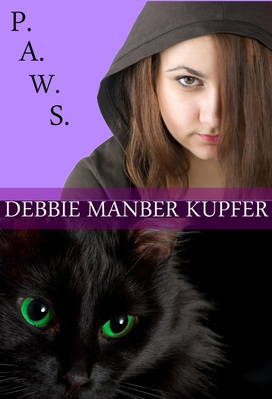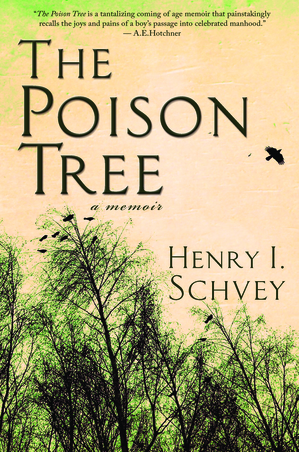Share the post "Divorce, Bullying, and Drugs: Overdone Themes that Can Still Be Published"
by Margo Dill
 What do you do if the children’s or YA book you’re writing contains an already overdone theme or plot? Some people would tell you to scrap it. If you Google “kids’ books on divorce, bullying or drugs,” you’re sure to come up with hundreds of choices already published. But what if this book you’re working on is the one in your heart? What if you can’t let it go? Then write it!
What do you do if the children’s or YA book you’re writing contains an already overdone theme or plot? Some people would tell you to scrap it. If you Google “kids’ books on divorce, bullying or drugs,” you’re sure to come up with hundreds of choices already published. But what if this book you’re working on is the one in your heart? What if you can’t let it go? Then write it!
But. . .you need to make it original and reader-worthy somehow. For example, if you write a book about a teen addicted to drugs, your book has to stand up against the already popular and beautifully written (and often banned) books by Ellen Hopkins—Crank and Glass. How do you do this?
The best way is with hard work—writing the best prose you can and a character that people cannot stop reading about. Recently, I took part in a blog tour for the book, Divorce Girl by Carryn Mirriam-Goldberg. At first, I was skeptical. I didn’t need to read another book about dealing with a parents’ divorce for teens. But I was hooked from the first page, and it became one of the best books I read that year. Why?
The author wrote the book well—it’s a work of art. She crafted sentences like an expert and built her plot and character flawlessly. She didn’t set out to just tell the story of a girl, Deborah, whose parents are getting a divorce and how it’s awful for her. She set out to tell the story of Deborah, and in the meantime, that girl’s story included the fact that her parents divorce.
That’s the key—I learned this when I wrote Finding My Place: One Girl’s Strength at Vicksburg, my first stab at historical fiction, set during the Civil War—a subject that’s been written about many times. In the beginning, I focused on the Siege of Vicksburg and plopped my character down in the middle of the battle, instead of writing about my character—her hopes, dreams, and struggles—inside the setting of the Civil War.
Take the subject of bullying. We need books about this topic because the problem is worse than ever. What children and teens need to read about is a character who is being bullied—but that’s not the only part of the story. Debbie Manber Kupfer manages to do this in her book from Rocking Horse Publishing, P.A.W.S. Miri, a teenager at a boarding school, is bullied and miserable until she realizes that she can change into a cat. Then she’s taken into a world with animagi, werewolves, and shapeshifters, where there’s danger and new lessons to learn. Kupfer puts bullying in her book, but her story focuses on a fun and sometimes dangerous, fantastical plot (set in St. Louis).
Very few kids will stand in line and anxiously await the next big book on self-esteem or neglect. But they will come out in droves for a book like Harry Potter, which contains these themes in an original and entertaining way.
Don’t focus on the “issue” you want kids to learn from your book or you feel compelled to write about. Focus on your characters and plot; write the best sentences, dialogue and description you can; and then send it out into the world. That book has not been overdone a thousand times, and it’s sure to touch children and teens who read it.
Margo Dill is a children’s author, writing instructor, and editor living in St. Louis. Find out more: http://www.margodill.com.


